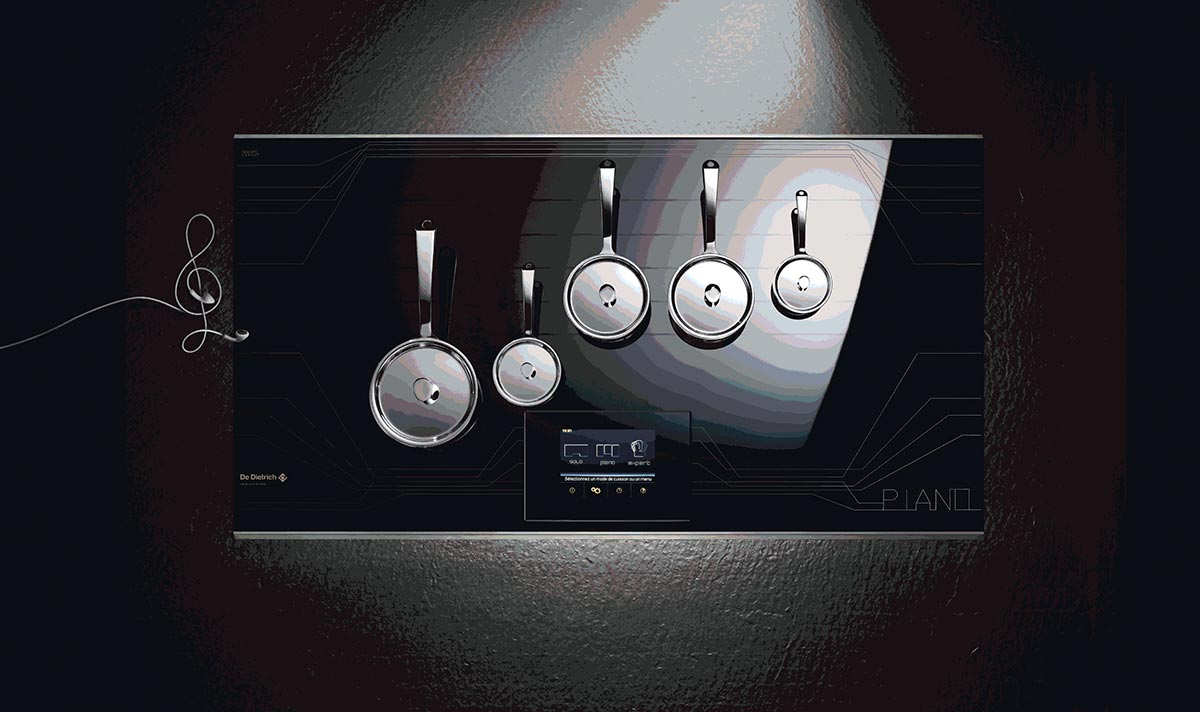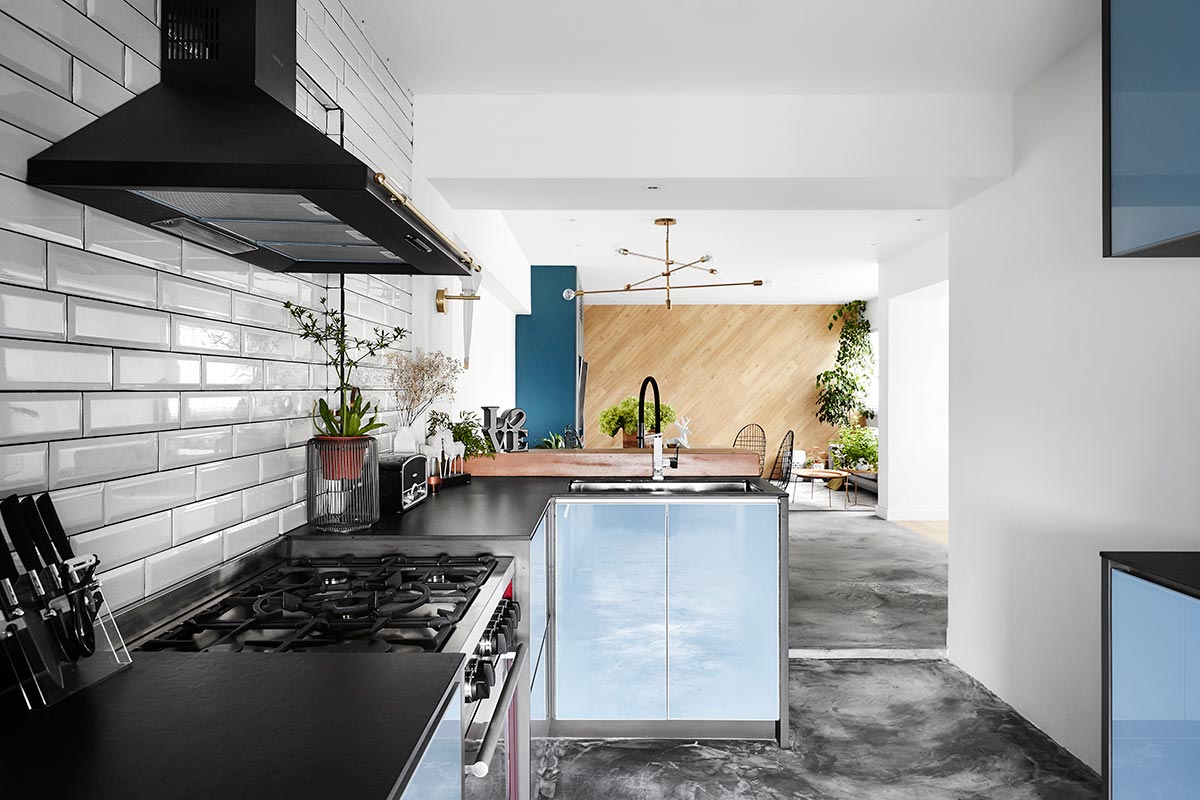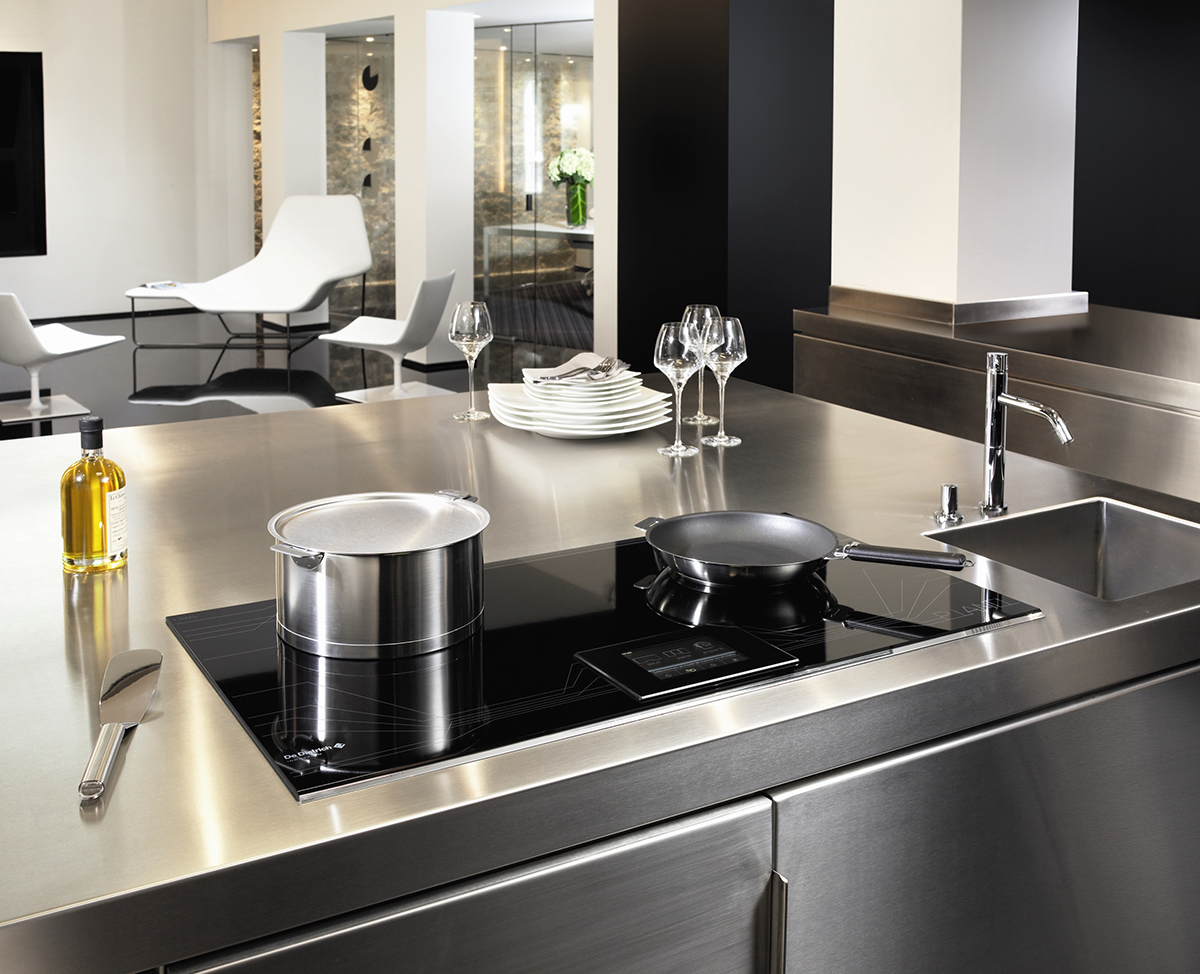For any food enthusiast who loves cooking at home, no kitchen is complete without the combination of a hob and hood, and for good reason. The former is essential for heating up or keeping food warm, whereas the latter is needed for removing unwanted fumes and grease that can result in unwanted smells and oily kitchen surface. However, be sure to take note of your personal cooking preferences and habits as they are important determinants of what hob and hood types are suitable for your home.
In part one of a two-part series about choosing the right cooker and hob for your kitchen, we answer some of the most common questions about selecting the ideal cooker hob.
What are some important features to take note of when selecting a hob?
Safety is a key concern when it comes to choosing a hob. Regardless of whether you’re a seasoned chef or occasional cook, ensuring that your new hob comes with the right built-in safety measures, such as timers that automatically turn off the heat or gas safety valves, should always be a top priority.

Whether it is a gas hob or induction hob, make sure that it has safety measures in place for a safe kitchen. Image credit: De Dietrich
Likewise, heat control is another crucial feature to be considered, although its importance is subject to individual liking. For master chefs on the lookout for the finest heat control, traditional gas hobs are the go-to option, thanks to their user-friendly, yet precise control knobs. For those who prefer a flat cooking surface, the latest models of induction and electric hobs also do a good job with their digital temperature control interfaces.
What are the main advantages and disadvantages of a gas hob?
Probably the most common one used in older households, this type of hob uses gas for conventional cooking with an open flame. With handheld knobs and visuals, the gas hob gives you a better control over heat adjustment. Any type of pots and pans can be used with the suitable trivets for support of the utensils. As gas is still pretty much cheaper than electricity here, it’s no wonder the households are still sticking to this type.

One of the key advantages of gas hobs is that they offer precise heat control. Photo credit: Wong Weiliang
Unlike induction and electric cookers, gas cooktops are usually more difficult to clean, especially around the burner. The open flame and presence of gas also makes it a potential hazard and it is not environmentally-friendly.
How does an induction hob compare to a gas hob?
Induction cooking is a totally different method of cooking from the conventional cooking method. The surface of the hob does not heat up, instead electromagnetic fields are used to heat up the cooking wares. Easy to clean, and offering the speediest cooking time and safest surface to touch, cooking by induction is the ultimate choice for busy homeowners looking for something fuss-free and no frills.

While easy to clean, induction hobs may consume more energy as compared to gas hobs. Image credit: De Dietrich
While it is the most energy-efficient, induction hobs are not budget friendly. Plus, you might have to invest in pots and pans that are compatible, depending on the shapes and materials as your cooking wares are essentially the energy source, stainless steel and ceramic will not work on induction hobs.
This was adapted from an article originally published the May 2017 issue of SquareRooms.



